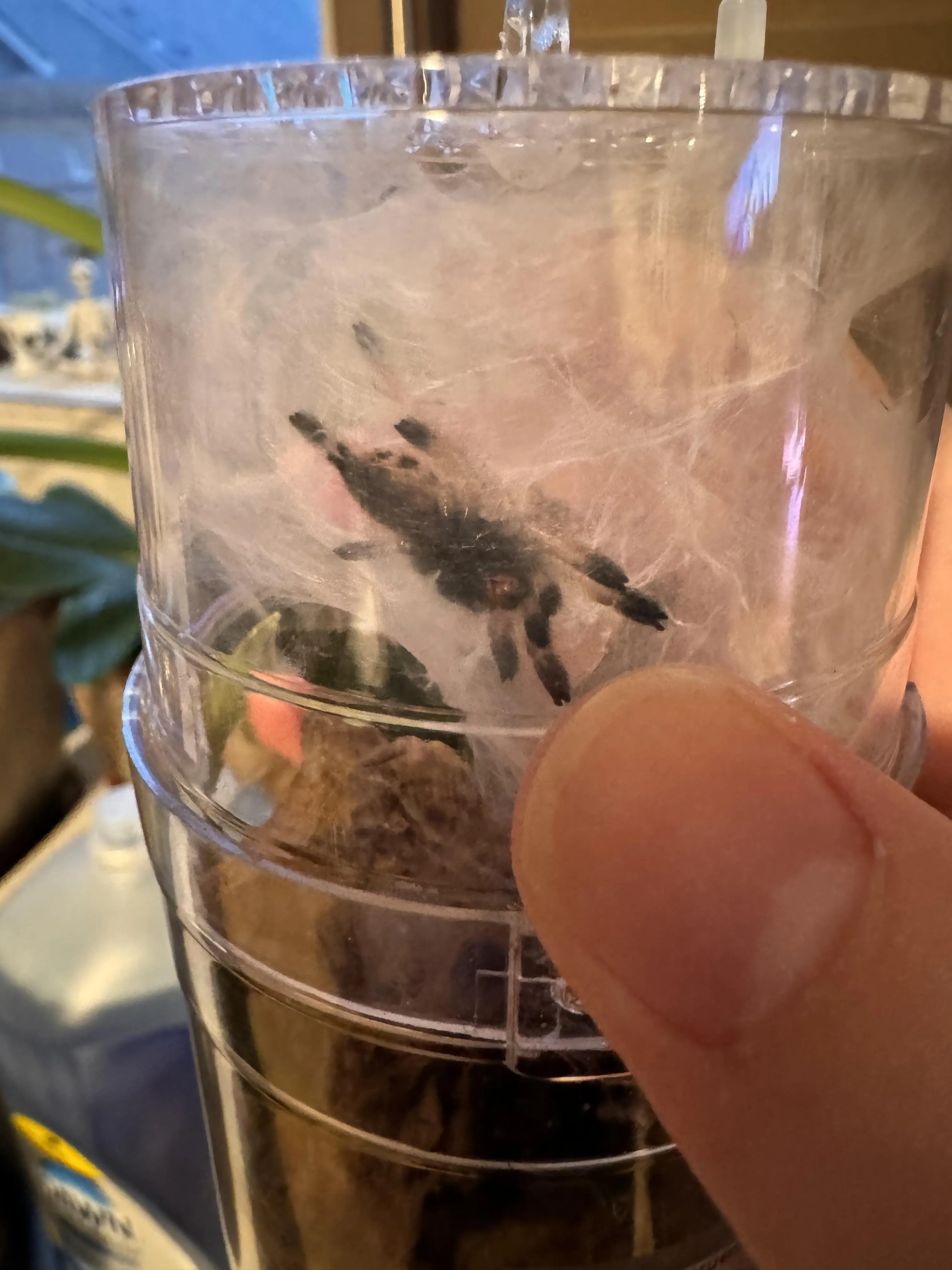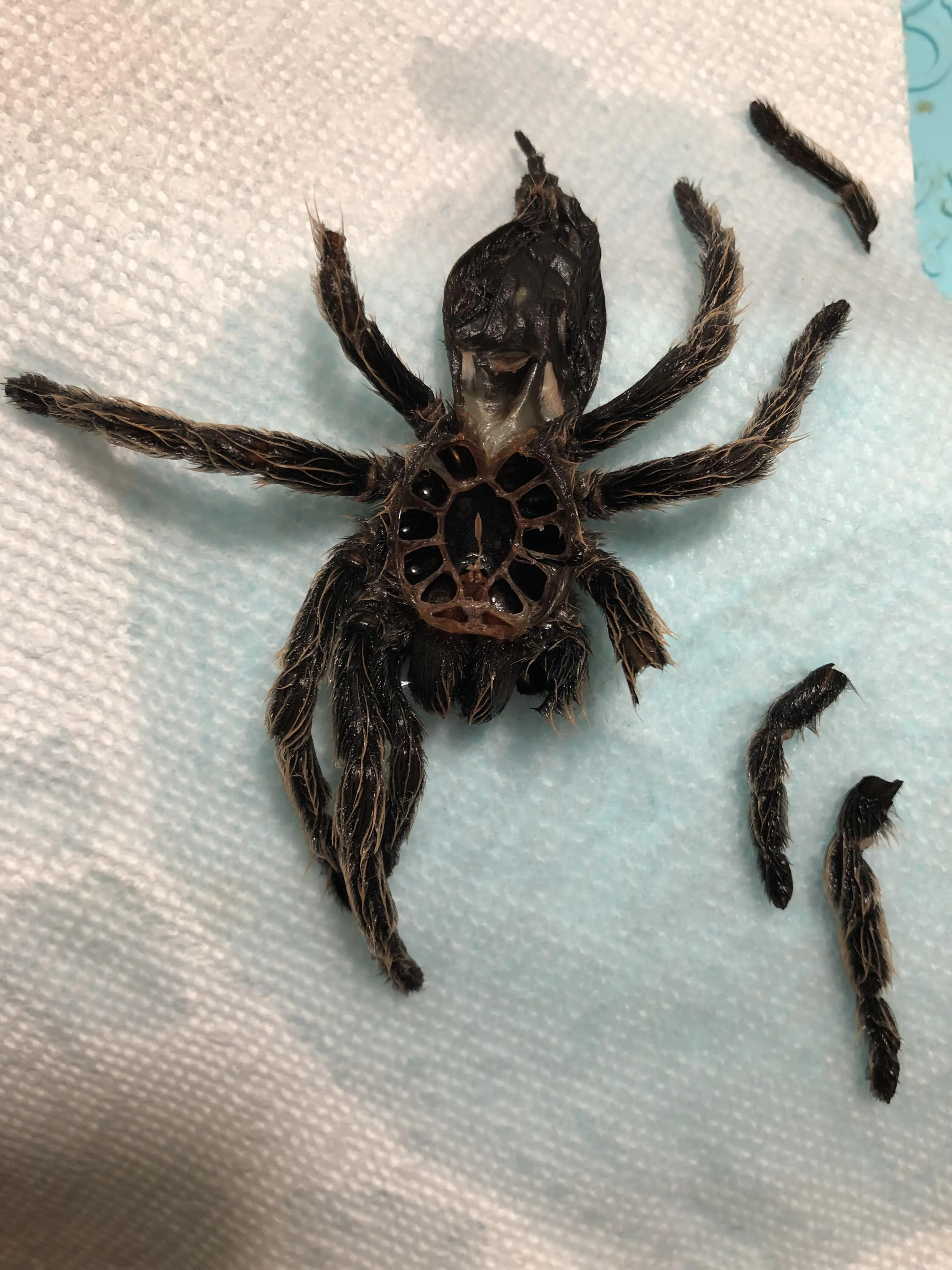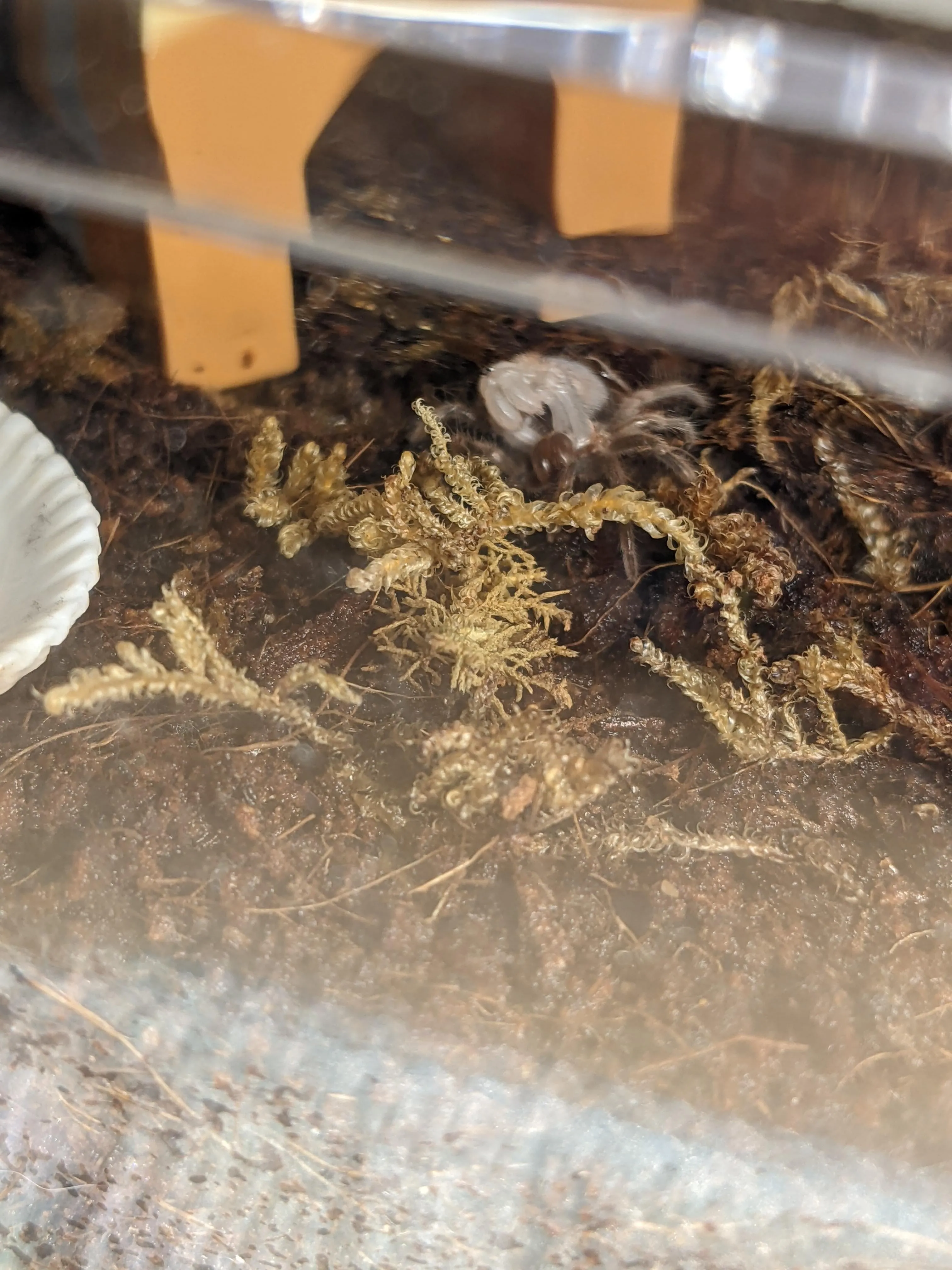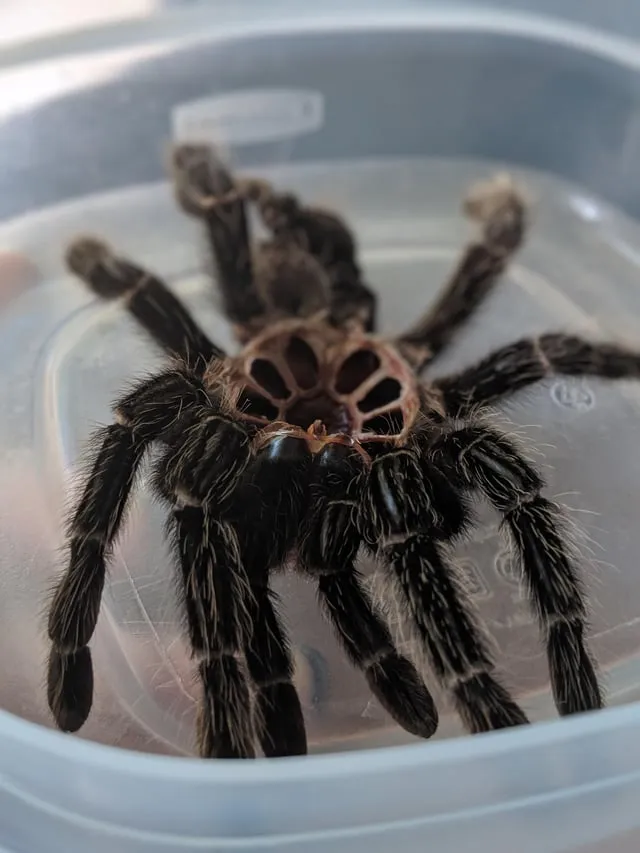What is Molting?
Molting, also known as ecdysis, is a fundamental biological process for arthropods, including tarantulas. It’s how these creatures grow and shed their exoskeletons. The exoskeleton is a rigid, external covering that provides protection and support. Since this exoskeleton doesn’t grow, the tarantula must shed it to allow for growth. This process is essential for the tarantula’s survival, allowing it to increase in size and replace worn or damaged parts. During molting, a new, larger exoskeleton forms beneath the old one. The old exoskeleton splits open, and the tarantula emerges, leaving behind its old shell. This is a critical and often delicate time for the tarantula.
The Molting Process
The molting process is a remarkable feat of nature, beginning with the formation of a new exoskeleton beneath the old one. This new exoskeleton is initially soft and pliable. The tarantula then starts to separate the old exoskeleton from its body, a process called apolysis. Enzymes are secreted to facilitate this separation. Next, the old exoskeleton splits open, typically along the carapace (the top part of the cephalothorax) and at the leg joints. The tarantula then slowly wriggles out of the old shell, a process that can take anywhere from a few minutes to several hours, depending on the size and health of the spider. Finally, the tarantula emerges with its new, soft exoskeleton. This new exoskeleton gradually hardens over several days to weeks, becoming the tarantula’s new protective covering.
Preparing for a Molt

Before a tarantula molts, it undergoes several behavioral and physiological changes. One of the most noticeable signs is a loss of appetite. The tarantula may stop eating altogether for several weeks or even months before molting. This is because the spider is conserving energy and preparing for the strenuous process ahead. Another sign is the darkening of the abdomen. The abdomen will often appear darker and more swollen as the new exoskeleton forms beneath the old one. The tarantula may also become less active and spend more time hiding in its burrow or enclosure. During this preparation phase, it’s crucial to avoid disturbing the tarantula and to maintain a stable environment.
Signs Your Tarantula is About to Molt
Recognizing the signs that your tarantula is about to molt is important for its care. As mentioned, a loss of appetite is a key indicator. The tarantula may refuse food for an extended period. The abdomen may also appear darker and more swollen. You might also notice a change in the tarantula’s behavior. It may become more reclusive, spending more time hiding. Another sign is the appearance of a bald spot on the abdomen, which is caused by the stretching of the old exoskeleton. Additionally, the tarantula might start constructing a web mat or a silk bed in preparation for molting. Observing these signs will help you provide the best possible care during this critical period.
Creating the Right Environment for Molting
Providing the right environment is crucial for a successful molt. Ensure the enclosure has proper humidity levels. The humidity helps the old exoskeleton split and makes the molting process easier. A substrate that retains moisture, like coconut fiber or peat moss, can help maintain the desired humidity. Avoid handling or disturbing the tarantula during this time. Any stress can disrupt the molting process and potentially harm the spider. Keep the enclosure at a consistent temperature, avoiding sudden fluctuations. Also, ensure the enclosure is free from potential hazards, like sharp objects or items that could fall on the tarantula during molting. A safe and stable environment provides the best chance for a successful molt.
Molting: A Vulnerable Time

During molting, tarantulas are extremely vulnerable. Their new exoskeleton is soft and offers little protection from predators or injury. The spider’s fangs are also soft, making it unable to defend itself effectively. Avoid any disturbances during this time. Protect your tarantula from potential threats within the enclosure. Do not introduce prey items during or immediately after a molt. The tarantula needs time to harden its new exoskeleton. Provide a safe, undisturbed environment to minimize stress and allow the tarantula to complete the molting process successfully. This period of vulnerability is a natural part of the tarantula’s life cycle and requires careful attention.
What to Do After a Molt
After the molt, the tarantula will be very soft and vulnerable. Avoid handling the tarantula for several days to a week, depending on its size, to allow its new exoskeleton to harden completely. Once the exoskeleton has hardened, you can resume regular care. Offer food, starting with smaller prey items. The tarantula will likely have a strong appetite after not eating for a while. Remove the old exoskeleton from the enclosure. It’s a good idea to observe the exoskeleton for any missing limbs or deformities that might indicate a problem. Continue to maintain the appropriate temperature and humidity levels. Providing proper care after molting ensures the tarantula’s continued health and well-being.
How Often Do Tarantulas Molt?
The frequency of molting varies depending on the tarantula’s age, species, and environmental conditions. Spiderlings and juvenile tarantulas molt more frequently than adults, sometimes every few months. As tarantulas mature, the molting frequency decreases. Adult tarantulas may molt only once a year or even less often. Faster growth, influenced by factors like feeding and temperature, can lead to more frequent molting. Understanding that the frequency of molting changes through a tarantula’s life cycle is vital for appropriate care. It provides a guideline on the expected growth and health of your tarantula, helping you adjust your husbandry practices as needed.
Factors Affecting Molting Frequency

Several factors can influence how often a tarantula molts. Diet plays a significant role. A tarantula that is well-fed and receives a balanced diet is more likely to molt more frequently, especially when young. Temperature is another key factor. Warmer temperatures can speed up the metabolism and growth rate, leading to more frequent molting. Species also matter, as some species grow faster than others. Additionally, the availability of food and the tarantula’s overall health contribute to molting frequency. Providing optimal conditions will support healthy growth and molting. Careful attention to these factors enables you to provide the best care for your tarantula throughout its life.
Common Molting Problems and Solutions
While molting is a natural process, problems can sometimes occur. One common issue is a failed molt, where the tarantula gets stuck in its old exoskeleton. This can be due to low humidity, dehydration, or a weakened tarantula. Providing adequate humidity and ensuring the tarantula is well-hydrated can help prevent failed molts. Another problem is incomplete molting, where parts of the old exoskeleton remain attached. This can sometimes be resolved by gently assisting the tarantula. If the tarantula has difficulty molting, consult a veterinarian or experienced tarantula keeper. Early intervention is essential to address these problems effectively. Recognizing these potential issues and knowing the solutions is essential for responsible tarantula care.
